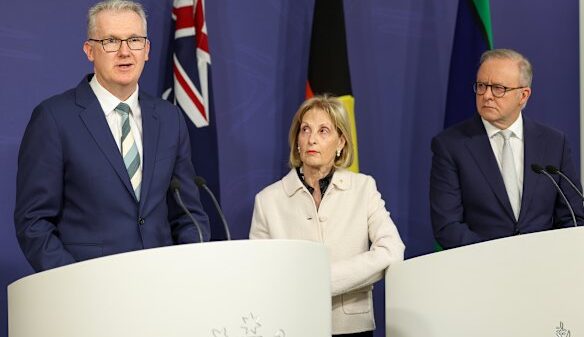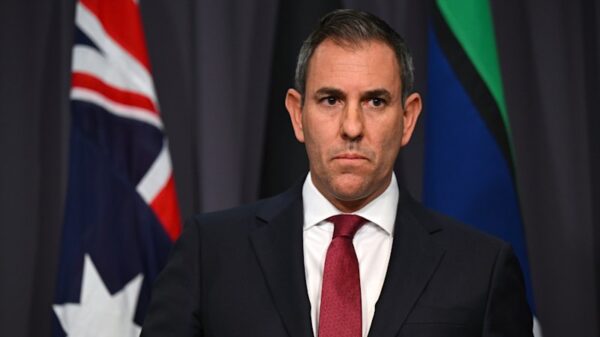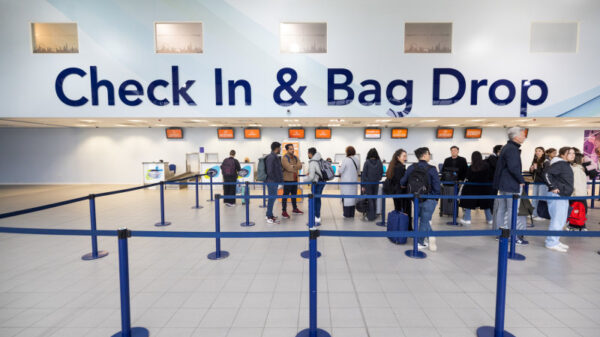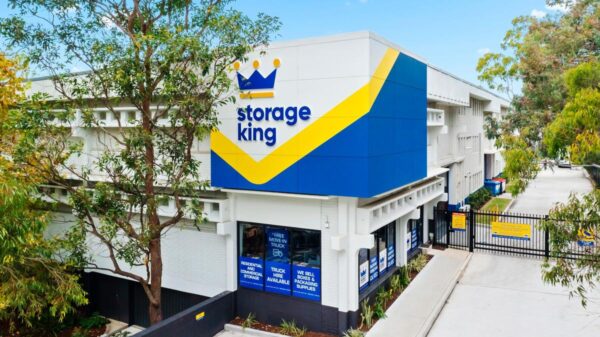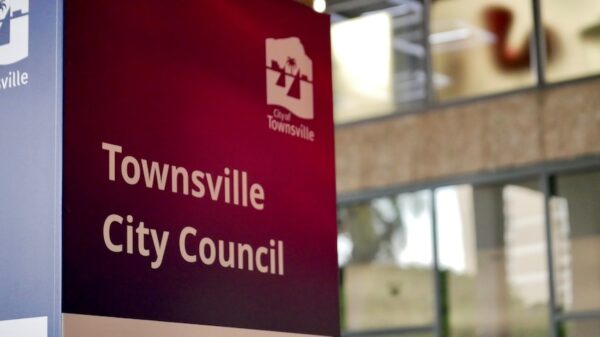Australia’s medicinal cannabis framework is under scrutiny as health professionals and advocates call for immediate reforms to address its confusing and inequitable nature. In 2024, the Therapeutic Goods Administration (TGA) authorized over 979,000 prescription applications through its specialized access pathways, initially intended for rare cases. The significant rise in prescriptions highlights a misalignment between the system’s original purpose and its current application, resulting in challenges for doctors and patients alike.
Understanding the Landscape of Medicinal Cannabis
Legalized in Australia since 2016, medicinal cannabis encompasses various products, including oils, capsules, and dried flowers. The primary active ingredients, THC (tetrahydrocannabinol) and CBD (cannabidiol), have different therapeutic effects. Initially, medicinal cannabis was reserved for patients with severe, treatment-resistant conditions, such as multiple sclerosis or intractable epilepsy. The TGA had emphasized that it should not be a first-line treatment and recommended a cautious approach to dosing.
However, over the years, prescribing practices have broadened, with a significant number of prescriptions now issued for more common conditions like chronic pain, anxiety, and sleep disorders. This shift raises critical questions about the evidence supporting such widespread use.
The Evidence and Its Implications
The TGA’s evaluation of chronic pain prescriptions illustrates the complexities of the current medicinal cannabis landscape. While some studies suggest that medicinal cannabis may provide moderate pain relief for certain patients, many trials are small and lack comprehensive long-term data. Furthermore, the potential risks associated with THC products, including sedation and cognitive impairment, complicate the prescribing process. CBD, while generally better tolerated, can also interact with other medications, necessitating careful consideration by healthcare professionals.
Despite the established rigour required for conventional medications, most medicinal cannabis products—except for a few with TGA approval—lack the necessary evidence for safety and efficacy. This inconsistency leaves doctors to prescribe without the strong data typically guiding their practices.
The TGA oversees access pathways but lacks the resources to provide the clinical support that prescribers need. As a result, many doctors find themselves navigating a landscape that is rapidly evolving, often without sufficient guidance.
Reports have emerged highlighting concerning prescribing practices, particularly in high-volume telehealth settings, where patient throughput may take precedence over individualized care. For example, a single practitioner reportedly issued more than 17,000 prescriptions within just six months.
Accessing medicinal cannabis can present significant challenges, particularly for individuals in rural areas or those facing financial constraints. Many lack the digital resources or local healthcare providers to assist them in navigating the system. For instance, the cost of TGA-approved products, such as Sativex, ranges from A$700 to A$800 for a six to eight-week supply, which is not subsidized under the Pharmaceutical Benefits Scheme.
Proposed Changes for a Better System
In light of these issues, experts advocate for comprehensive reforms to enhance the medicinal cannabis system in Australia. The first critical step is the collection of real-world data to better understand how medicinal cannabis is prescribed, the conditions treated, and the outcomes achieved. This data is essential for informing clinical practices and addressing safety concerns.
Developing a national prescriber accreditation model is another recommended reform. Such a framework would ensure that healthcare professionals have the necessary training before prescribing medicinal cannabis, aligning their practices with evolving standards of care. This approach mirrors existing accreditation processes in other healthcare areas, such as immunization.
Addressing inequities in access is also vital. Experts suggest exploring government subsidies for TGA-approved medicinal cannabis products to eliminate the financial burden on patients. Access to safe and effective care should not come at the expense of affordability.
Dr. Christine Hallinan, a Senior Research Fellow at the University of Melbourne, emphasizes the need for regulatory reform to create a more evidence-based framework. Her work with the Australian Centre for Cannabinoid Clinical and Research Excellence (ACRE) has highlighted the importance of addressing these systemic challenges.
As Australia moves forward, the call for reform in its medicinal cannabis system reflects broader societal needs for equitable, safe, and effective healthcare solutions. Without significant changes, patients and healthcare providers will continue to face barriers that undermine the potential benefits of medicinal cannabis.













